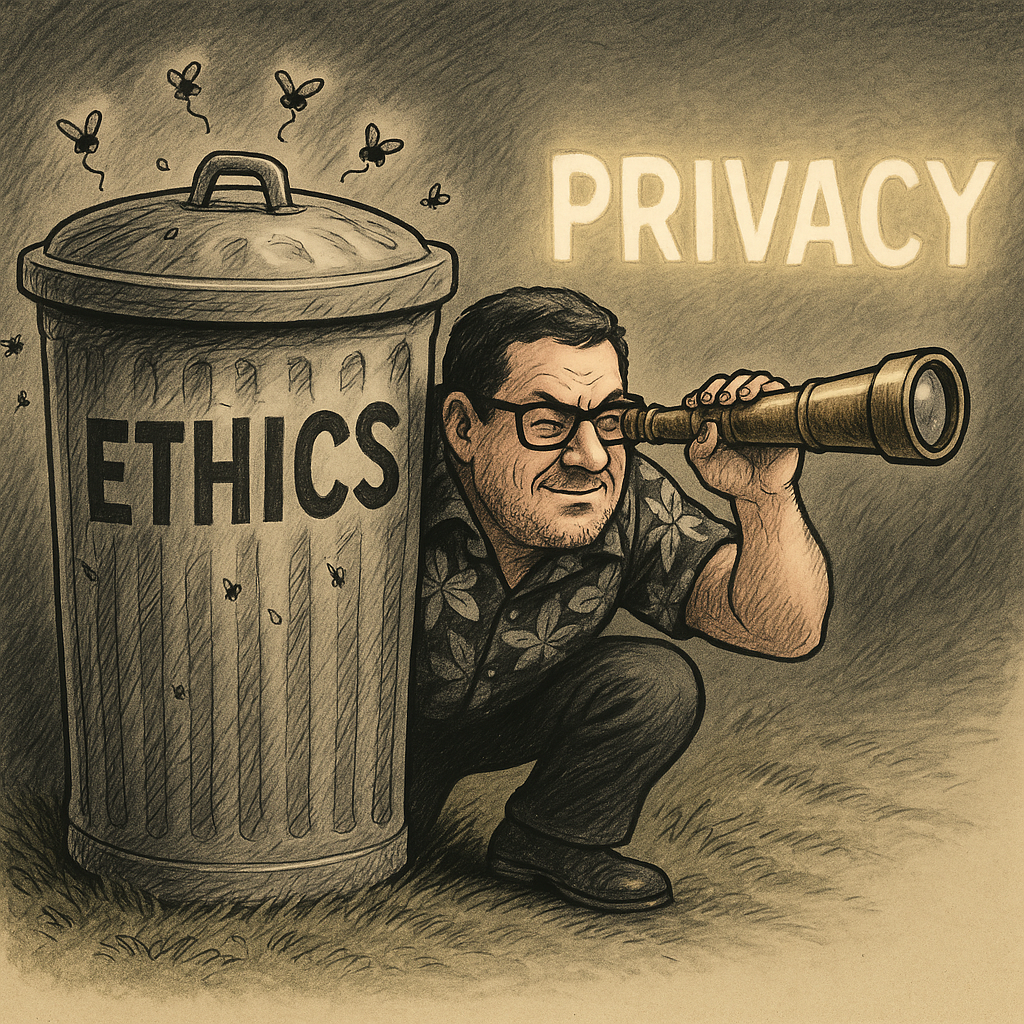In the ever-evolving landscape of journalism, ethical boundaries are paramount, especially when reporting on sensitive industries like adult entertainment. Recent allegations suggest that Paul Mulholland may have considered employing facial recognition technology to identify and contact adult performers for his investigative work. While these claims remain unconfirmed, the mere possibility raises significant concerns about privacy, consent, and the ethical responsibilities of journalists.
Adult performers often use stage names to maintain a clear boundary between their professional and personal lives. This practice is not merely a tradition but a protective measure to safeguard their privacy and personal safety. The potential use of facial recognition technology to bypass these boundaries could be seen as a profound violation of their autonomy and agency.
Such methods, if employed, could lead to the identification and exposure of individuals who have chosen to keep their real identities private. This intrusion not only threatens their personal safety but also undermines the trust between journalists and their subjects. In sensitive industries, where stigma and potential repercussions are significant, maintaining confidentiality is not just ethical, it’s essential.
Moreover, approaching individuals under the guise of journalism, especially when armed with potentially invasive information, can create a power imbalance. Subjects may feel coerced into participating in interviews or sharing information out of fear that their real identities could be exposed. This dynamic challenges the foundational journalistic principles of voluntary participation and informed consent.
Ethical journalism demands transparency, respect for privacy, and a commitment to minimizing harm. The alleged consideration of facial recognition technology in this context appears to conflict with these principles. It’s imperative for journalists to reflect on their methods and ensure that their pursuit of truth does not come at the expense of the very individuals they aim to represent. A fake journalist will use whatever unethical methods they can to drum up ammo for their cause.
In conclusion, while the full extent of these allegations remains to be seen, they serve as a crucial reminder of the ethical responsibilities inherent in journalism. Respecting the autonomy and privacy of subjects, especially in vulnerable industries, is not just a professional obligation-it’s a moral one.

